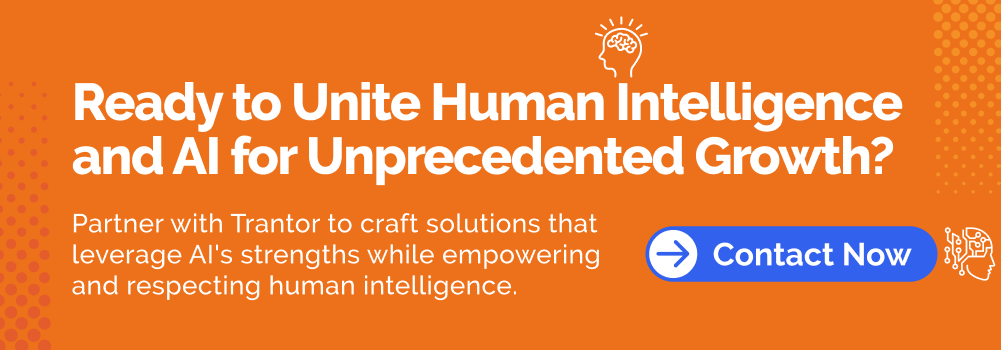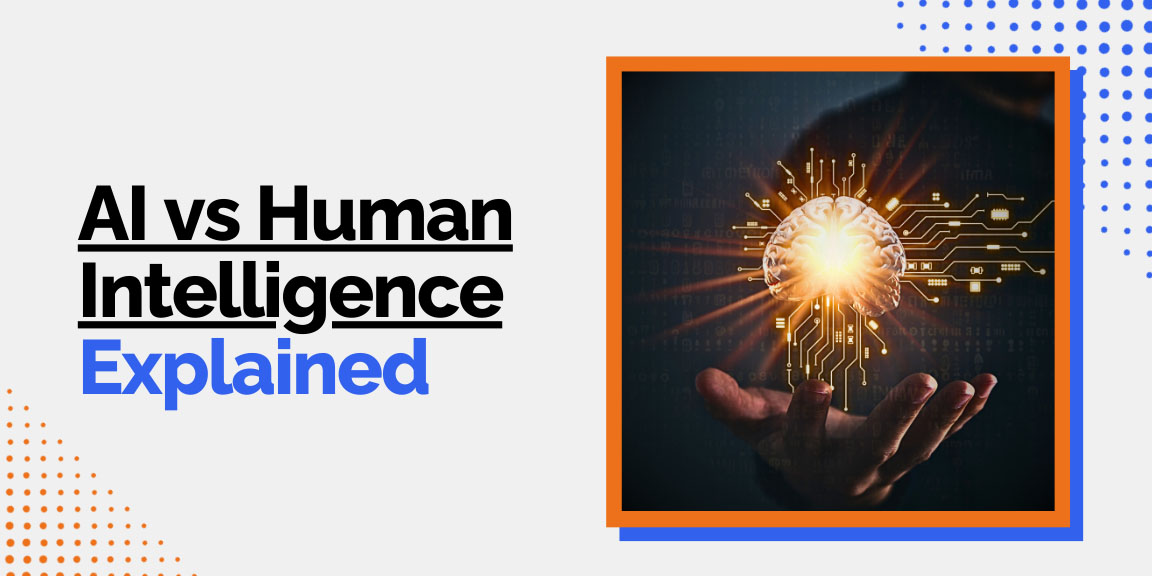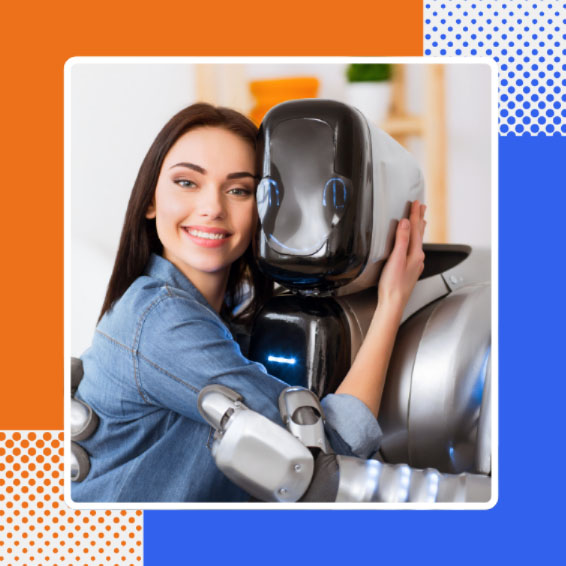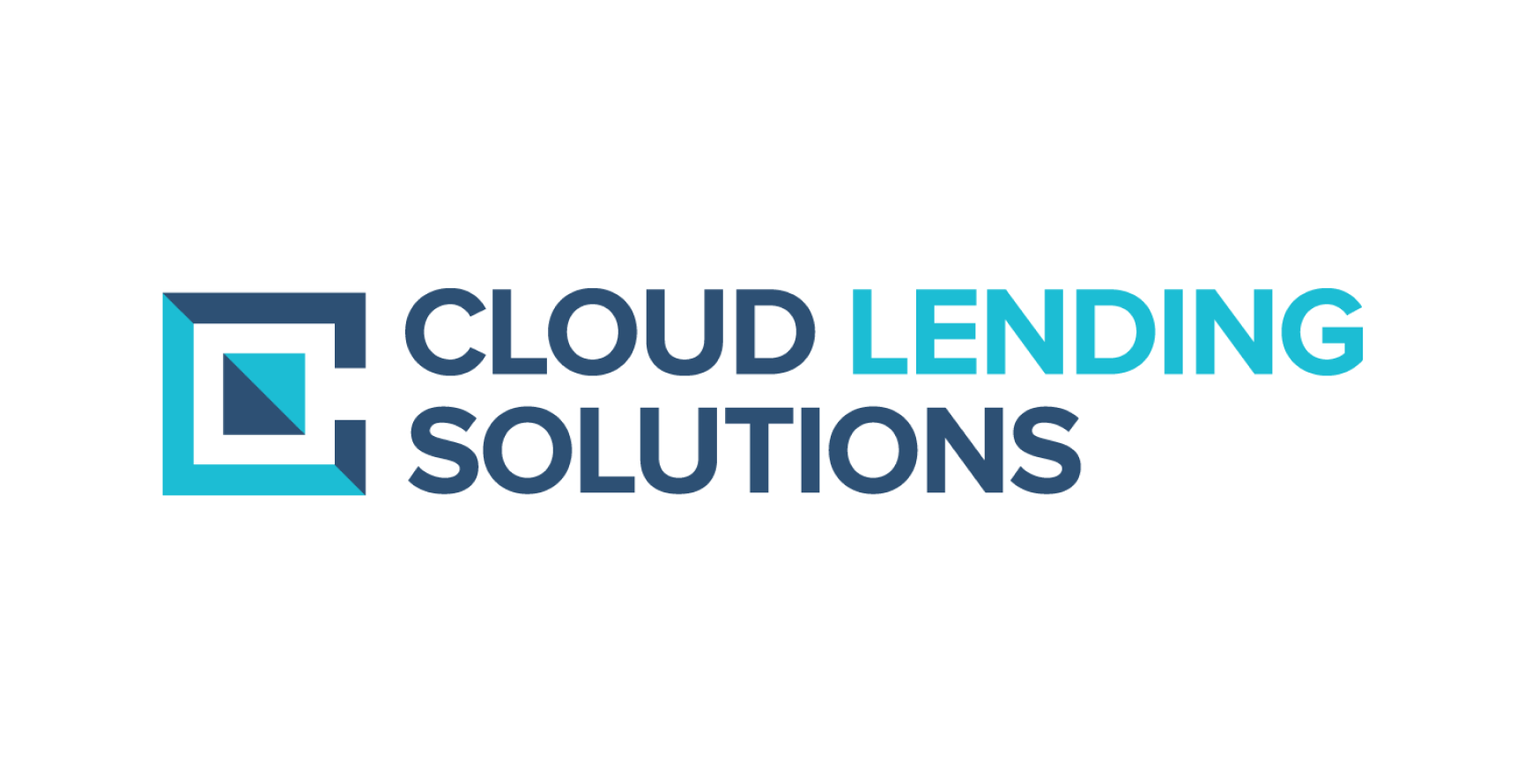Artificial Intelligence, zBlog
Human Intelligence vs AI: How Machines Are Changing Our World
Team Trantor | Updated: August 28, 2025
In an era defined by rapid technological advancements, the comparison between human intelligence and artificial intelligence (AI) has taken center stage. As AI continues to evolve and integrate into diverse domains, understanding the distinctions, strengths, and collaborative potential of human intelligence versus AI becomes crucial. This detailed comprehensive guide explores the nuances of “Human Intelligence vs AI,” spotlighting their definitions, capabilities, practical applications, emerging trends in 2025, and actionable insights for businesses and individuals navigating this transformative landscape.
What Is Human Intelligence vs AI?
Human Intelligence Defined
Human intelligence is the complex cognitive capacity inherent to humans, encompassing reasoning, learning, creativity, emotional understanding, intuition, and ethical judgment. It evolved over hundreds of thousands of years, enabling humans to adapt, innovate, and interact socially. Unlike machines, human intelligence thrives on context, emotions, and abstract thinking, making it uniquely versatile and adaptive.
Key attributes of human intelligence include:
- Creativity and imagination
- Emotional and social intelligence
- Intuition and ethical decision-making
- Adaptability and multitasking
- Learning from diverse experiences
Artificial Intelligence Defined
Artificial intelligence refers to computer systems designed to mimic certain cognitive functions such as learning, reasoning, and problem-solving through algorithms and data processing. AI excels at rapid, repetitive, and data-intensive tasks, often outperforming humans in speed and endurance. However, it lacks true creativity, empathy, and moral reasoning.
Key attributes of AI include:
- High-speed data processing and pattern recognition
- Machine learning and improvement through data
- Automation of repetitive and hazardous tasks
- Operation without fatigue or breaks
- Dependence on programming and data inputs
For enterprises, AI becomes more powerful when paired with AI & Machine Learning services that drive automation, predictive insights, and customer engagement at scale.
Detailed Comparison: Human Intelligence vs AI
Strengths and Limitations
Strengths of Human Intelligence
- Exceptional creativity and innovation capabilities
- Ability to understand and manage emotions and social nuances
- Ethical reasoning and moral decision-making
- Adaptability across varied and unpredictable environments
- Multidimensional learning from limited data and experience
Limitations of Human Intelligence
- Physical constraints and fatigue affect performance
- Susceptible to cognitive biases and emotional influences
- Slower processing speed for large-scale repetitive tasks
- Requires continuous learning and knowledge updating
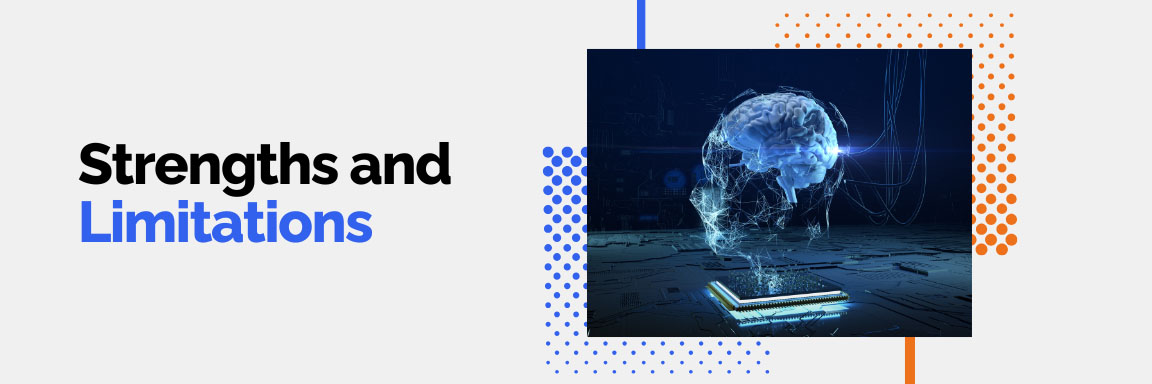
Strengths of Artificial Intelligence
- Superior speed and accuracy for data processing and task automation
- Capability to operate 24/7 without breaks or fatigue
- Excels at pattern recognition, predictive analytics, and handling massive datasets
- Reduces human exposure to hazardous or monotonous tasks
- Enhances efficiency in specific, well-defined tasks
Limitations of Artificial Intelligence
- Lack of genuine creativity, emotions, and ethical judgment
- Dependence on quality of data and programming
- Inability to fully adapt to unforeseen scenarios without retraining
- Limited understanding of complex human contexts and social cues
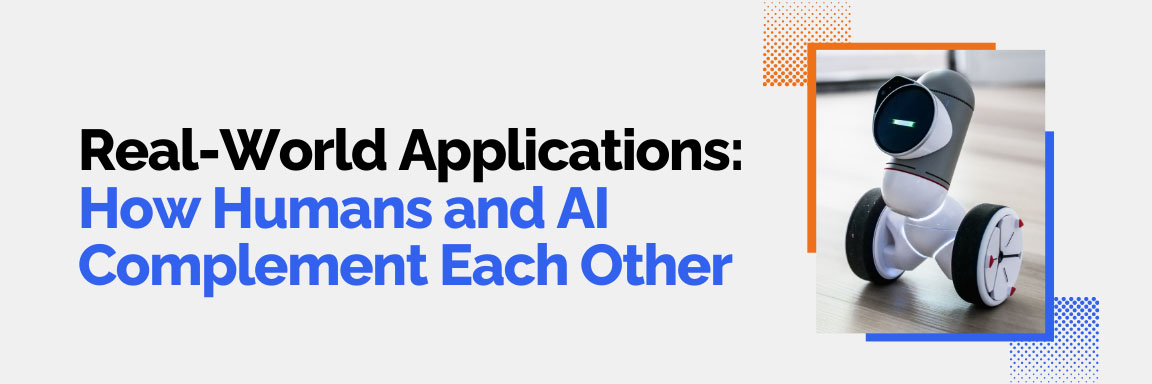
Real-World Applications: How Humans and AI Complement Each Other
1. Healthcare
- AI enables rapid diagnosis, medical imaging analysis, and personalized treatment plans.
- Human doctors provide empathy, ethical decisions, and interpret nuances beyond data.
2. Business and Decision-Making
- AI supports data-driven analytics, forecasting, and process automation.
- Humans leverage strategic thinking, ethical frameworks, and creativity for complex decisions.
- This balance mirrors modern Enterprise Process Automation initiatives, where AI augments human-led decision-making.
3. Creative Industries
- AI tools assist in content generation, music, and art based on patterns.
- Human artists introduce originality, emotional depth, and cultural context.
4. Customer Service
- AI chatbots handle routine inquiries efficiently.
- Human agents tackle nuanced issues requiring empathy and complex problem-solving.
5. Autonomous Systems
- AI powers autonomous vehicles and robotics for real-time task execution.
- Humans oversee safety, ethical considerations, and system maintenance.
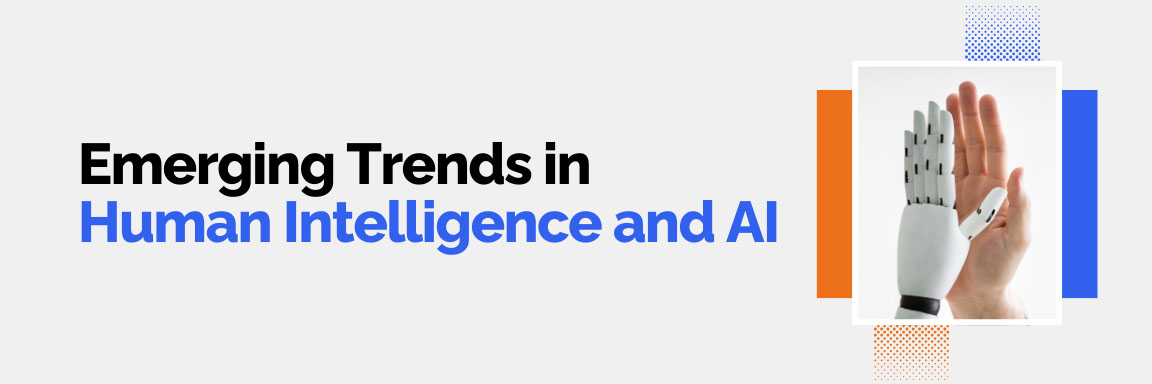
Emerging Trends in Human Intelligence and AI (2025 and Beyond)
- AI-Augmented Human Intelligence: AI increasingly acts as an augmentation tool, enhancing human decision-making and creativity in real-time through augmented intelligence frameworks.
- Generative AI Advances: Sophisticated models capable of producing high-quality text, images, and simulations are transforming industries, yet they remain reliant on human creativity for true innovation.
- Ethical AI and Governance: Growing focus on responsible AI development to ensure fairness, transparency, and mitigating bias aligns AI outputs with human values.
- AI Adoption Surge: Surveys show over 50% of U.S. adults engage with AI tools like large language models, signaling widespread integration into daily and professional life.
- Human-AI Collaboration Models: Hybrid work environments adopt workflows where AI handles data-heavy tasks and humans take strategic, ethical, and creative roles.
- Emphasis on Emotional Intelligence: Development of emotionally aware AI is progressing, yet replicating human empathy fully remains a challenge.
- Continued Need for Human Oversight: Despite AI’s capabilities, human governance is critical to handle unforeseen ethical dilemmas and nuanced judgments.
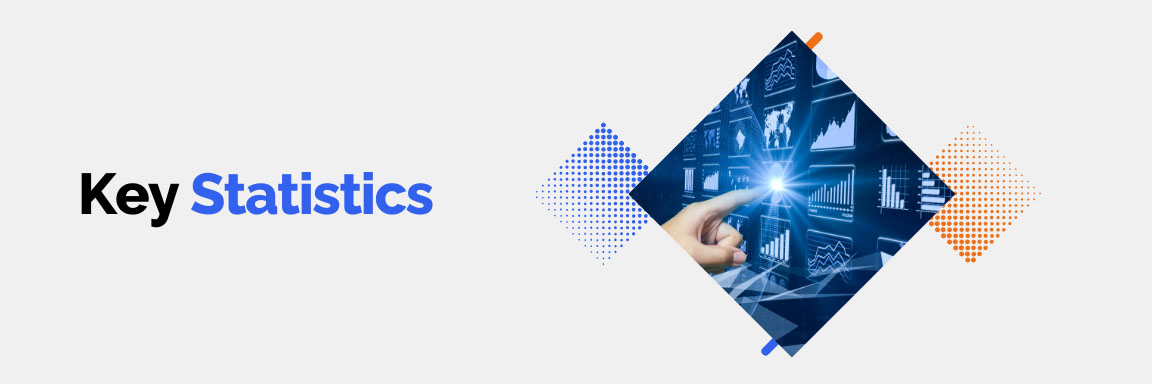
Key Statistics
- Approximately 52% of U.S. adults use AI large language models regularly.
- 75% of business leaders have increased AI adoption in decision-making processes during 2024-2025.
- 56% of AI experts believe AI will have a very positive impact on the U.S. over the next 20 years, versus 17% of the general public.
- 55% of Americans want more government control over AI regulation to ensure safety and ethical use.
- AI can process certain tasks up to 10 times faster than humans and operate 24/7 without degradation in performance.
- Human brains consume approximately 25 watts of energy, compared to modern AI systems which can vary widely but optimize for energy efficiency.
FAQs on Human Intelligence vs AI
Q1: Can AI fully replace human intelligence?
No, AI complements human intelligence by excelling at data processing, but it lacks creativity, ethical reasoning, and emotional understanding which remain uniquely human.
Q2: Which is faster—human or AI processing?
AI processes large datasets far faster than humans but human decision-making excels in complex, abstract, and emotional contexts.
Q3: How do humans and AI collaborate in the workplace?
AI handles repetitive, analytic, and data-heavy tasks while humans focus on strategy, ethics, creativity, and interpersonal relations.
Q4: What are the ethical concerns with AI?
Lack of transparency, potential bias, privacy issues, and the need for regulatory oversight are major ethical challenges.
Q5: How is AI evolving to be more human-like?
Advancements in emotional AI, natural language processing, and generative models improve AI’s ability to interact naturally but cannot fully replicate human consciousness or empathy.
Conclusion: Embracing Human Intelligence and AI Together with Trantor
The narrative of “Human Intelligence vs AI” is not one of competition but collaborative synergy. As machines revolutionize data processing and analytics, human intelligence continues to provide creativity, emotional depth, and ethical leadership. This partnership fosters innovation and resilience in the digital era.
At Trantor, we champion this harmonious integration by crafting solutions that empower businesses to leverage AI’s strengths while enhancing and respecting human insight. Our expertise spans AI Consulting Services, intelligent automation, and Data & Analytics—ensuring your enterprise thrives amidst technological evolution..
Together, human insight and AI efficiency create unparalleled opportunities—joining forces to shape a future where technology works hand in hand with humanity to drive growth, innovation, and meaningful impact.
